What is the Push strategy in the Supply Chain?
The Push strategy in supply chain management directs companies to determine the optimal time to manufacture and ship products based on anticipated customer demand. This supply chain strategy relies heavily on forecasting to ensure that the right products are available at the right time in the logistics supply chain. A push strategy is part of an effective marketing strategy that aligns production and distribution with anticipated demand, ensuring smooth operations in the supply chain.

When to use Push Strategy in Supply Chain:
A push strategy in supply chain management is ideal when product demand is predictable and low in uncertainty. It works effectively for predictable consumer demand, enabling accurate forecasting, and for low-demand uncertainty, ensuring optimal inventory levels. This approach is also advantageous for achieving economies of scale and stocking staple or seasonal items during busy times.
Advantages of Push Strategy:
The push strategy comes with its advantages that companies benefit from immensely, and they include:
Setting up a sales channel:
A sales channel acts as a product-promoting method within the supply chain model, allowing companies to influence customers, retailers, and distributors. This approach increases the distribution and coverage of a product, enhancing the effectiveness of the push marketing strategy and the overall promotional strategy.
Product Availability:
As products are stocked based on forecasts of market demand, there are high chances of availing the product whenever needed in the logistics supply chain. This proactive inventory management approach ensures customer demand is met consistently, emphasizing the push strategy’s relevance in a well-designed supply chain strategy.
Inventory and Production Control:
The results of forecasts on product demand allow companies to limit inventory and production rates to their desired limits within the supply chain model. This control helps streamline chain management and optimize supply chain strategies using a push vs pull strategy approach.
Forecast and predict demand:
Forecasting and predicting demand involves estimating future customer demand to align production and inventory levels across the supply chain strategy. Accurate predictions are essential for maintaining a balance in logistics supply and avoiding disruptions in the supply chain. This proactive approach is a prime example of how machine learning can enhance demand forecasting accuracy within inventory management.

Disadvantages of Push Strategy:
Nothing comes with perfection, and it holds in the case of push strategy, whose disadvantages we shall be going through:
Over Production:
Over-dependency on forecasting demands can occasionally lead to inaccuracies in demand predictions, resulting in excessive inventory and increased costs within the supply chain model. This issue is a significant challenge for companies relying on a push supply chain strategy.
Limited responsiveness:
Push strategies are less prone to respond quickly to sudden changes in customer needs, market trends, or unexpected obstacles. This limitation in supply chain management can lead to missed opportunities and inefficiencies in the logistics supply chain, especially when comparing push vs pull marketing effectiveness.
Higher Costs:
Costs can increase due to maintaining inventory levels, as well as returning unsold products if purchases are lower than forecasted demand. This challenge is a common drawback in the push supply chain strategy, affecting overall supply chain management.
What is the Pull strategy in the Supply Chain:
The Pull strategy in supply chain management focuses on producing goods in response to actual customer demand rather than relying on forecasting. This approach is a dynamic supply chain strategy that adapts to real-time data, ensuring customer engagement and catering to the needs of potential customers within the logistics supply chain.

When to use Pull Strategy in Supply Chain:
A pull strategy, or demand-driven approach, is suitable when demand patterns are uncertain and economies of scale offer minimal cost benefits. It is effective for managing unpredictable or volatile demand, low customization products, high inventory costs, and limited demand scenarios, ensuring better alignment with actual customer demand. This adaptability is key in achieving a responsive marketing strategy that aligns production with consumer demand and minimizes waste within the supply chain.
Advantages of Pull Strategy:
The pull strategy comes with advantages that companies benefit from immensely, and they include:
Increased awareness:
Pull strategies promote brand recognition through targeted marketing communication and inbound marketing efforts. This marketing strategy with the right supply chain approach helps companies attract potential customers while leveraging techniques such as search engine optimization and public relations to enhance visibility within the supply chain.
Demand Generation:
Demand generation in a pull supply chain strategy is driven by aligning production with market demand. This focus ensures the pull system remains efficient, catering to customer needs while minimizing excess inventory and promoting effective inventory management practices.
Customer Engagement:
Pull strategies enhance customer engagement through personalized offerings tailored to specific customer needs. This focus on customer engagement is a key strength in modern supply chain management, ensuring a responsive supply chain strategy.

Disadvantages of Pull Strategy:
The pull strategy has its set of disadvantages that companies seek to tackle regularly, and they include:
Longer Lead:
Longer lead times can result from the on-demand production approach in the pull supply chain strategy. This delay, coupled with potential inaccuracies in demand forecast, poses challenges in maintaining timely logistics supply, particularly for perishable products or volatile markets.
Stockouts:
A higher risk of stockouts occurs if customer demand exceeds production capacity in a pull supply chain model. This risk is a significant concern in chain management, potentially leading to lost sales and dissatisfied customers, making businesses understand the importance of balancing a hybrid approach with a combination of a push-pull strategy to mitigate such risks.
Difference between Push and Pull in the supply chain:
Push strategies rely on forecasts, while pull strategies respond to actual customer demand. Push marketing strategies involve maintaining higher inventory levels to meet anticipated demand, while pull marketing focuses on producing goods based on real-time market demand. Companies may benefit from a push vs pull strategy comparison to determine the best approach for their unique logistics supply chain requirements..
Which strategy is better: Push or Pull?
The choice between push and pull supply chain strategies, or even a push pull strategy, is influenced by whether products are perishable or require quick turnover. This consideration often aligns with push promotional strategies and pull supply chain strategies for effective inventory management.
Business Model and Product Nature:
The choice between push and pull supply chain strategies is influenced by whether products are perishable or require quick turnover. This consideration often aligns with push promotional strategies and pull supply chain strategies for effective inventory management.
Demand Predictability:
Pull strategies are better suited for unpredictable demand, while push strategies excel in stable demand scenarios. Understanding demand predictability, especially actual demand and anticipated demand, is crucial for effective supply chain management and achieving the right balance in marketing efforts.

Market Volatility:
Pull strategies adapt better to market fluctuations and consumer trends, offering flexibility in the supply chain model. This adaptability makes the pull system a strong choice in volatile markets within logistics supply.
Real-Time Data Management:
Real-time data management is critical for the pull supply chain strategy to monitor and respond to changes in customer demand. Effective use of data by leveraging tools such as machine learning ensures that the supply chain strategy remains agile and responsive to market conditions.
FAQs
1) What is the Push strategy in the Supply Chain?
The push strategy in supply chain management directs companies to determine the optimal time to manufacture and ship products based on anticipated customer demand. This supply chain strategy relies heavily on forecasting to ensure that the right products are available at the right time in the logistics supply chain.
2) What is the Pull strategy in Supply Chain?
The pull supply chain strategy management focuses on producing goods in response to actual customer demand rather than relying on forecasting. This dynamic marketing strategy adapts to real-time data and customer needs within the logistics supply chain.
3) What is the Difference between Push and Pull in the supply chain?
Push strategies rely on forecasts, while Pull strategies respond to actual customer demand. Push marketing strategies typically involve holding higher inventory levels to meet forecasted demand, while a pull marketing strategy aim to minimize inventory by producing goods only when there is actual demand.
4) What are the Advantages and Disadvantages of Push Strategy?
The advantages are setting up a sales channel, product availability, inventory and production control, and forecasting and predicting demand. The disadvantages are over production, limited responsiveness, and higher costs.
5) What are the Advantages and Disadvantages of Pull Strategy?
The advantages are increased awareness, demand generation, and customer engagement. The disadvantages are longer lead and higher risk of stockouts







